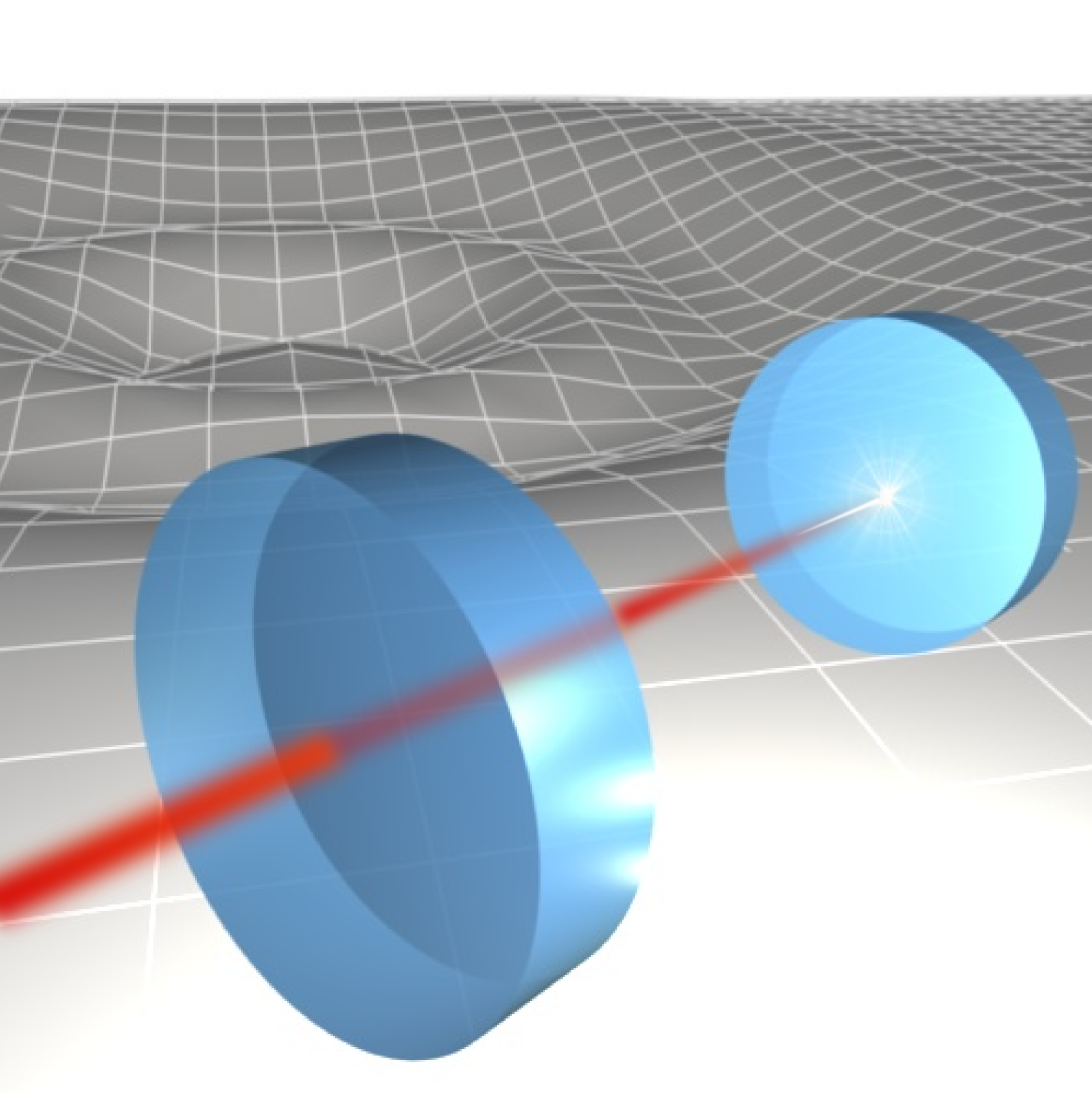Turning backaction around
Optical techniques that have been developed to measure small displacements are important for gravitational wave astronomy, the detection of currents in superconductors, and the study of quantum effects in mechanical systems. Optical interferometry is unsurpassed in its ability to detect small displacements, but runs into a sensitivity limit known as the standard quantum limit, which results from quantum fluctuations in the light probe itself disturbing the object being measured.
In a paper appearing in Physical Review Letters, Pierre Verlot and colleagues at Laboratoire Kastler Brossel in Paris demonstrate that radiation pressure induced “backaction” fluctuations of the mirror position in an optical interferometer can amplify a signal imprinted on the interferometer light. An amplification factor greater than six was observed by tuning the signal modulation frequency close to the frequency of a cavity mechanical resonance. Although the sensitivity of the current experiment was limited by thermal noise, the amplification technique has the potential to surpass the standard-quantum limit, which would open up new frontiers in precision optical interferometry. – Mark Saffman





